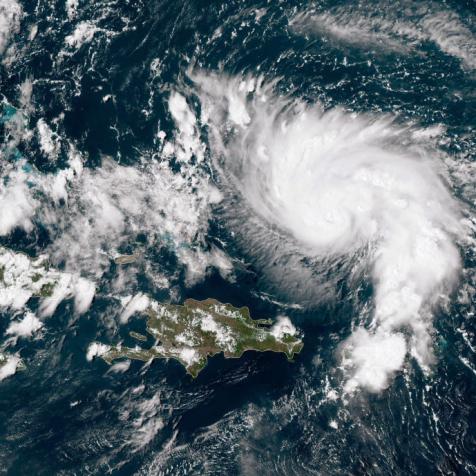
Getty Images
Here's Why You Unconsciously Copy Other People's Mannerisms
Get to know how the chameleon effect works with people.
Humans aren't as different from chameleons as you'd think. Sure, we're not lizards, and we don't turn green every time we go in the yard, but we have our own tricks for blending in. Research suggests that in social situations, we tend to unconsciously imitate the people around us in a phenomenon researchers have termed the chameleon effect.

Getty Images
Your Inner Chameleon
In 1999, New York University researchers Tanya Chartrand and John Bargh detailed three experiments that roughly mapped out how the chameleon effect works. In the first, each of the participants worked with a partner — secretly an actor — on a task in which they took turns describing photos. When the actor smiled, maintained a neutral expression, jiggled his or her foot, or rubbed his or her face, the participant tended to follow suit. This seemed to be unconscious: In exit interviews, most people said they hadn't noticed their partner's mannerisms, and none of them remarked on the mannerisms being studied (smiling, foot-jiggling, face-rubbing).
Though it was unconscious, this mimicry improved rapport between strangers, the team found in a second experiment. Here, participants were partnered with undercover actors again. This time, though, the actors either mimicked the participants' behaviors or adopted "neutral mannerisms." Participants whose partners had mimicked them were significantly more likely to say they liked their partners and that the interaction had gone smoothly than those whose partners remained neutral.
Not everyone is equally prone to mimicking the people around them, though. In the third experiment of the study, the team first measured people's empathy using Davis's Interpersonal Reactivity Index, which tests how likely you are to spontaneously try on another person's perspective. They found that the more empathetic someone was, the more likely they were to mimic their partner's mannerisms. This makes sense, the team argued, because empathetic people pay more attention to the people around them and have an overall greater perception of those people. Perception is important here.
Perceiving Is Behaving?
The mechanism behind the chameleon effect, researchers argue, is the perception-behavior link. This is the phenomenon where just by witnessing someone doing something, you become more likely to do it, too. This link is well documented when it comes to micro-level behaviors you can mimic unconsciously: gestures, postures, speech patterns, moods, etc. If you watch someone run a record-setting mile, though, it's unlikely you'll just stand up and imitate them.
In other words, it's not just yawning that's contagious — it's pretty much every move we make in front of another person. "Contagious" might sound alarming, but in this case, it's a good thing. Mimicry seems to work like a social glue, helping pairs to bond and promoting group cohesion. And as the researchers behind this study pointed out, it seems to help us bond even when we're not trying to. After all, they got their results from pairs of strangers interacting in 10- to 15-minute windows with no particular incentives to collaborate.
It's almost like the perception-behavior link, and the chameleon effect specifically, is a lucky charm that's with you wherever you go, making all your interactions more pleasant — even your fleeting interactions with strangers. In fact, it might be most important with strangers, who have to guess your character based on surface signals like body language. The next time you find yourself mirroring someone's gestures or mimicking someone's accent, don't be embarrassed — just remind yourself that it means you're an empathetic human being.
This article first appeared on Curiosity.com.


















